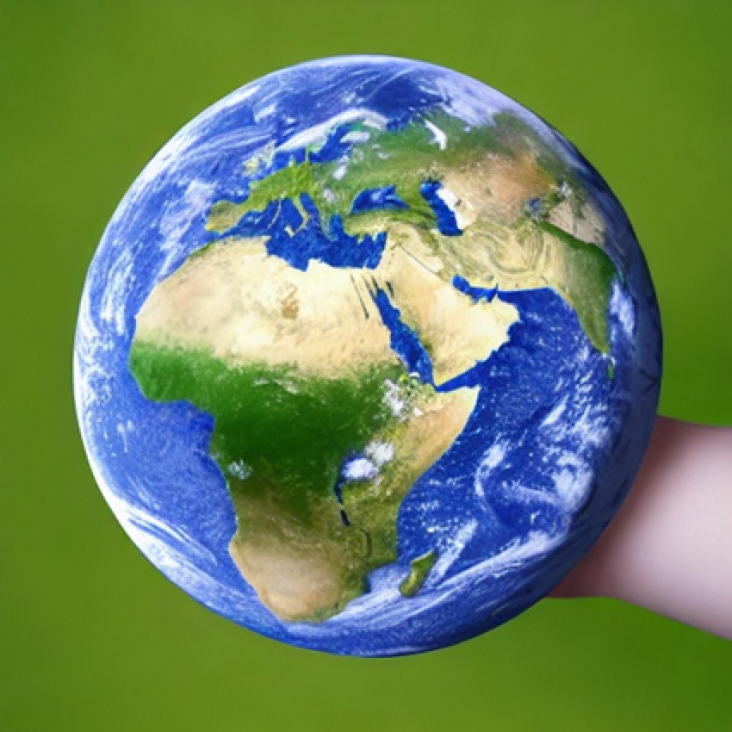This One Earth Research Article shows how climate change combined with land use change has contributed to greater air pollution, particularly through an increase in fires, in Indonesia. The results emphasize that climate action (SDG 13) is critical for respiratory health (SDG 3).
Elsevier,
Food Safety Management: A Practical Guide for the Food Industry, Second Edition, 2023, pp 1041-1052
This chapter aligns with Goal 3: Good Health and Wellbeing and Goal 13: Climate Action by acknowledging the complexities and compounding effects of climate change on food safety.
Collective intelligence can be a valuable technique to engage multiple stakeholders in sharing and gathering data, and to facilitate the modeling of the health impacts of salinity.
This chapter aligns with Goals 12, 13 and 15 by reviewing direct and indirect causes and drivers responsible for forest degradation and their consequences on health, environment, life, etc.
This article supports SDG 13 and 15 by showing that fulfillment of the global climate pledges would result in increased forest land on the Tibetan Plateau
Enormous amounts of agri-food waste are generated in the open market, especially in sub-Saharan African cities. This work reports the system optimisation of the management of these open-market food wastes for producing bioenergy and value-added materials and also evaluates the environmental impacts of the selected waste processing routes. It supports decision-making on the management of food waste in developing countries furthering SDG 7, 8 &13.
This study supports SDG's 9 and 13 through its discussion of the effects of optimizing Municipal Solid Waste management systems by increasing waste collection coverage and implementing diverse streams of waste valorization, causing a decrease of atmospheric pollution.
This study analyses spatial distribution of water reservoirs in the Sota catchment with regards to livestock density, population density, rainfall distribution and geological structure of the Sota catchment, and assessed the state of these reservoirs.
This study lookds at how climate change will have a significant impact on the availability of water resources in the upper Blue Nile basin of the Kiltie watershed

Earth Day is celebrated every year on April 22nd, and it is a global event aimed at raising awareness and promoting action towards environmental protection. It was first celebrated in 1970, and since then, it has become one of the largest civic events in the world, with over one billion people participating in activities such as clean-up campaigns, tree-planting initiatives, and educational programs. The theme for 2023 is Invest in Our Planet, a campaign that will focus on engaging governments, institutions, businesses and individuals in the fight against the climate crisis.
